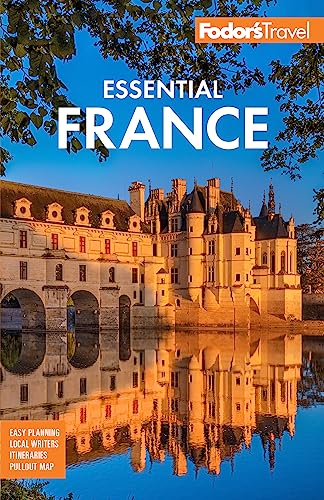Getting Oriented
Just northeast of Bordeaux, the region of Périgord is famed for its prehistoric art, truffle-rich cuisine, and once-upon-a-time villages. The best of these delights are found in the beloved département (province) called the Dordogne. Part of the Aquitaine region, this living postcard is threaded by the Dordogne River, which, after its descent from the mountainous Massif Central, weaves westward past prehistoric sites like Lascaux. Astounding, too, are the medieval cliff-hewn villages like Rocamadour—provided that you manage to peer through the crowds in high season.
- Western Dordogne. The western part of the Dordogne is rife with castles, like those at Monbazillac and Biron; and lands cultivated by peasant farmers for centuries ring bastide towns, such as Monpazier, which were once heavily fortified. Heading southeast, the Lot Valley—a 50-km (31-mile) gorge punctuated by medieval villages—is anchored by the lively town of Cahors. Nearby St-Cirq-Lapopie is like a Renaissance-era time machine, while Rocamadour's sky-touching Cité Religieuse is one of France's most famous pilgrimage shrines.
- Eastern Périgord. You'll have a tough time figuring out which sector of the Dordogne is the most beautiful, but many give the prize to the Périgord Noir. Immerse yourself in the past at Sarlat-la-Canéda, a regional capital so beautifully preserved that film crews flock here for its 16th- and 17th-century turrets and towers. Nearby are the riverside village of La Roque–Gageac and the hilltop castle at Beynac. To the north is the Vézère Valley, the prehistoric capital of France, home to fabled Lascaux. Beyond lies the thriving little city of Périgueux.




